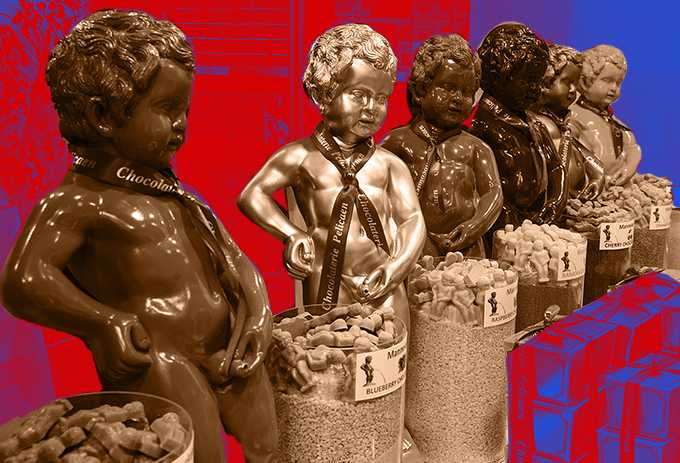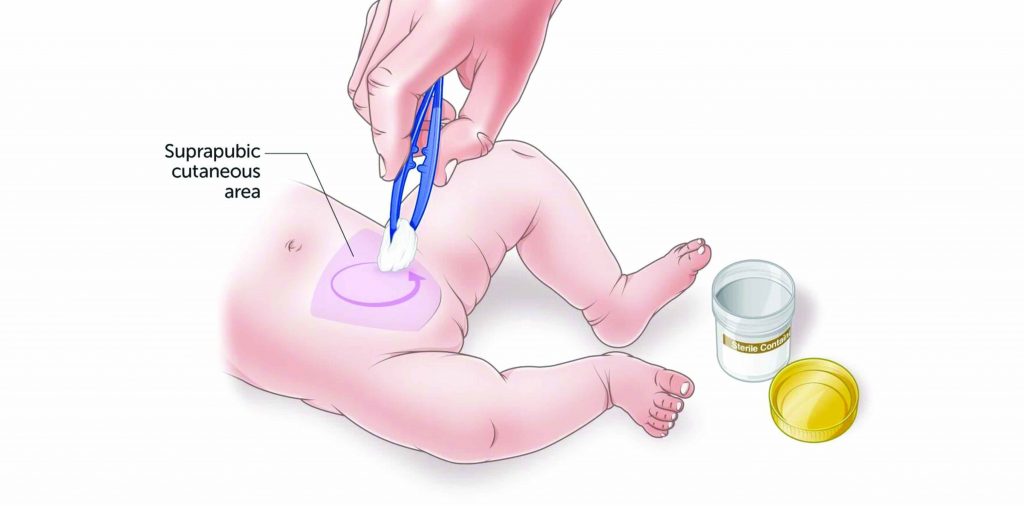Urine collection is an awkward task when your patient is still in nappies, but it’s essential for getting the diagnosis right
The only way to know for sure that a small child has a urinary tract infection is to test for bacteria in the urine. But that’s a lot easier said than done.
Most children aren’t able to urinate at will until the age of two or three years, so GPs and parents have to wait for spontaneous voiding, says general paediatrician Dr Jonathan Kaufman.
Traditionally, urine samples have been collected using a nappy pad or bag.
But around half of these samples will be contaminated with incidental skin bacteria, rendering them useless for UTI detection, he said.
Parents can standby with a collection jar and hope to catch the midstream urine. But it takes about an hour for a baby to pass urine after drinking fluid, so this is impractical for parents with other responsibilities.
The absence of a good, practical method of urine sample collection has meant that GPs often just used guesswork to diagnose UTIs in babies, Dr Kaufman, writing in BMJ Paediatrics Open, said.
“And that leads to both misdiagnosis of other conditions, but also, if you keep waiting and waiting and you can’t get a sample, potentially delayed therapy for children with UTI,” Dr Kaufman told The Medical Republic.
Direct urine extraction was possible with urethral catheterisation or suprapubic needle aspiration, but these procedures were invasive and painful, he said.
Image courtesy of Jonathan Kaufman and Bill Reid
While GPs generally started infants who were suspected of having a UTI on antibiotics before receiving the lab results back, the global rise in antibiotic resistance made it important that a urine sample was tested, he said.
As part of his PhD project with The University of Melbourne, Dr Kaufman has developed a quick and easy method for urine sample collection in babies and toddlers that can be used by GPs or parents at home.
The Quick-Wee Method involves removing the child’s nappy, wiping the area clean, lying the infant down on its back and rubbing its abdomen in a circular motion using cold, wet gauze.
“And that can trigger children to pee so you can collect a sample more quickly,” Dr Kaufman said.
The Quick-Wee Method was tested un a randomised controlled trial of around 350 infants in 2017 and was shown to produce a urine sample within five minutes in 30% of children.
By comparison, only 12% of children produced a urine sample in five minutes using the standard clean-catch method, the study found.
“It’s something that GPs can do in the clinic room to try to improve the likelihood that they catch a sample,” Dr Kaufman said.
“It’s also something that if parents are trying to collect a sample at home, that parents can do as well because it is so quick and simple.”
BMJ Paediatrics Open, 24 September
RCH Fact Sheet for collecting a urine sample: https://www.rch.org.au/kidsinfo/fact_sheets/Urine_samples/



